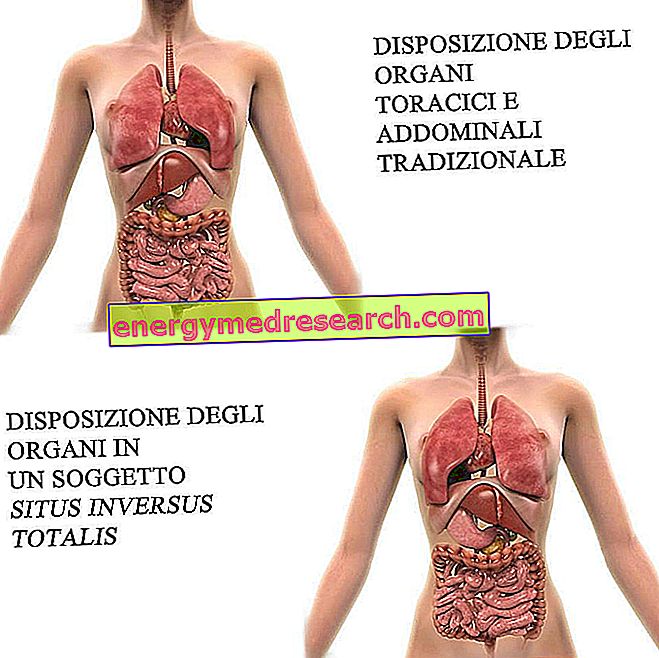Edited by Luca Giovanni Bottoni
Osteoporosis is insidious, acts by surprise and advances in silence, taking advantage of the "mistakes" of a lifetime. Similar to an invisible worm, it attacks the bones making them vulnerable and fragile, with devastating and often debilitating consequences.

Physical education must fully fall within specific and targeted preventive protocols for osteoporosis. Countless and authoritative studies have given positive results, demonstrated at a densitometric, psychophysical, social and economic level, which induce to consider motor activity as a useful tool to improve the specific general health conditions in the subjects who practice it. However, it should be considered that motor activity is not intended to replace in any way the specific interventions for the treatment of osteoporosis, showing itself to be useful as an integrative tool to be combined, so as to have an optimal training stimulus, which then induces a stable adaptation in the subject in question.
Drug therapy, in continuous evolution, is irreplaceable in the treatment of overt forms, while physical activity is predominant in prevention. In fact the mechanical stress of the bone protects from osteoporosis (athletes have a calcium content in the bone at high limits or in any case greater than the norm). Prevention that must begin in the age of development and youth, to intensify as the age at risk approaches. Physical exercise offers two advantages that no other bone mass maintenance therapy allows: an efficacy in preserving physical health that goes far beyond just the osteoporosis problem, a preventive action in creating a structure in youth saturated and efficient bone and, above all in old age, an unparalleled effect on the prevention of the ultimate event that we absolutely want to avoid: the fracture. It is therefore essential to plan a workout aimed at improving BMD (Bone Mass Density or bone density), in particular the lower limbs and the spine, the areas most affected by osteoporosis.
It has been shown that the loss of bone mass that occurs with age is intimately connected with the reduction in strength of the muscles that support the spine itself. Muscle loss contributes to osteoporosis because muscle mass is directly correlated with bone mass through the relative physical stress that a muscle can exert on the bone, thus stimulating matrix production. Numerous studies show that in case of insufficient strength of the extensor muscles of the spine and of the muscles of the trunk, the risk of vertebral compressions and fractures increases and very high pressures are generated within the intervertebral discs. In practice - Prevention:
- It is necessary that the training is programmed so that adequate stresses are generated at the bone level, not only from a quantitative point of view, but also qualitatively in terms of frequency and intensity.
- To obtain optimal effects, physical activity must stress and stimulate the bone tissue, which will respond with a specific adaptation to the loads to which it is subjected, increasing its density and resistance through a real supercompensation response.
- Stimuli should be applied to a wide range of movements, distributing stresses in different ways and directions, to induce a more pronounced and general response.
- Mechanical stimuli determined by exercises with high loads and a relatively low number of repetitions can have a great effect on bone mass, more than activities with light loads and cyclic movements.
- Also the "Cardio" cyclic resistance exercises can determine a functional adaptation of the bone. It has been highlighted that the more the level of mechanical stimulation at the bone level is low and the more important is the frequency with which these stimuli follow one another to induce an effective osteogenic action. Put simply, if the mechanical stress induced by physical exercise is low, it must be maintained for longer or repeated with a fairly high frequency in order to be able to produce beneficial effects in increasing bone density.
In summary, a physical activity aimed at combating and preventing osteoporosis should therefore foresee the interaction and integration of two types of programs:
JRF: Joint Reaction Forces, exercise protocols that induce stress to the skeletal structure through joint reaction forces, such as lifting dumbbells and barbells or using isotonic machines. These activities have a positive influence above all on the bone tissue where the tension applied by the muscular contraction is applied, therefore, a district action mainly concentrated in the muscle-tendon insertion point.
GRF: Ground Reaction Forces, work protocols based on the action of gravity, including exercises such as jumps, jumps, steps and antigravity resistance activities such as running. These exercises have a more general influence and determine an increase in mineralization on the entire skeletal structure, even if the greatest increases were noted at the level of the proximal region of the femur and of the hip (among the other two between the areas most risk of osteoporosis, one more reason to apply this type of work protocols).
In reality, in every high-impact sporting activity, problems often arise, rather than due to the high intensity of the loads, the inadequate execution technique and the wrong postures assumed during the execution of the exercises. All the more reason, therefore, in elderly and at risk subjects, posture and executive technique will have to be treated in the smallest details, especially in this kind of exercises.



